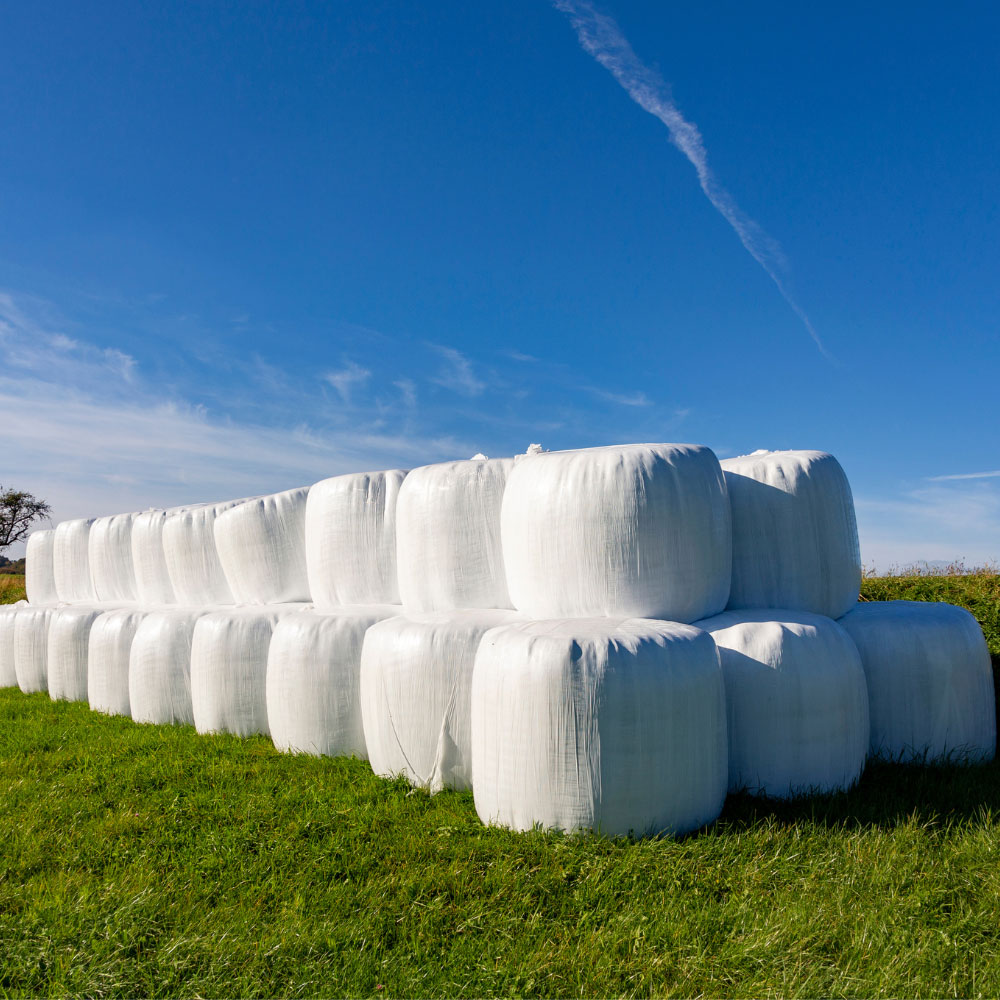Anyone dealing with agricultural storage knows how frustrating it can be when silage bags don’t hold up. You’re doing everything right, but a small tear or hidden puncture can throw the whole thing off. Silage film has improved over the years, but it still needs proper handling and setup to work well. Getting the basics right can mean the difference between a successful fermentation and wasted feed.
Silage film is made to keep out air and lock in the right moisture levels so the contents can ferment properly. That doesn’t mean it’s tough as nails. It’s still prone to sharp objects, bad stretching, and even heat damage. If air finds a way in, you’re dealing with oxygen leaks, spoilage, and feed loss. That alone is enough of a problem. It costs money.
Start with a Clean and Flat Surface
Check the ground before placing anything. Rocks, sticks, and uneven areas can cause punctures. Clearing debris and using a soft base layer helps protect the film. It’s an easy step that adds a lot of protection in the long run.
Be Aware of the Weather
Heat and strong sunlight can weaken silage film. Plastic expands and contracts, which makes it less durable. Avoid laying it out in the middle of the day. Early mornings or late afternoons are safer bets. On windy days, keep it secure as you work to avoid tears from sudden flapping.
Get the Stretch Right
When using a wrapping machine, check the tension settings. Stretch it too much and the film becomes too thin. Don’t stretch it enough and you get loose, leaky wraps. Stick to the recommended stretch range and clean your equipment often. Worn-out rollers can cause a lot of problems.
Check the Seals and Overlaps
A poor seal is one of the fastest ways to ruin a setup. Always overlap your film properly. Aim for at least 10 centimeters and press everything down firmly. Use weights or sandbags around the edges to hold things in place, especially if you expect strong winds.
Fix Any Damage Fast
If there’s a hole or a tear, patch it immediately. Don’t wait until it gets bigger. Keep silage tape ready and check the film regularly, especially during the first few days. Fixing damage early prevents bigger headaches later.
Store the Rolls Correctly
Even before use, storage makes a difference. Keep your rolls in a cool, dry space, away from direct sunlight. UV rays can weaken the material before you even use it. Covering rolls with a tarp is a smart extra layer of protection.
Most problems come from rushing or skipping basic steps. Paying attention during setup, handling, and storage helps you get the best performance out of your silage film.






